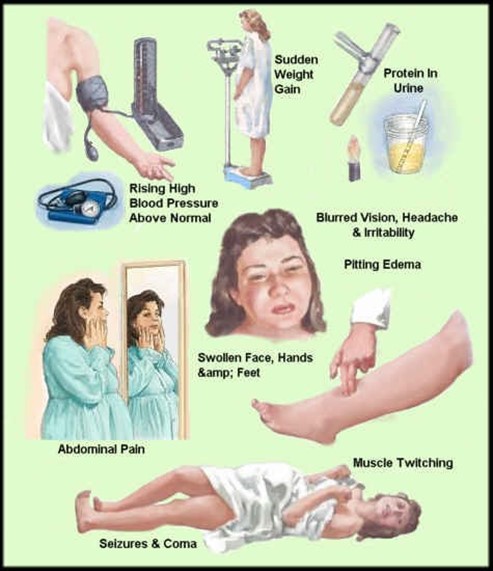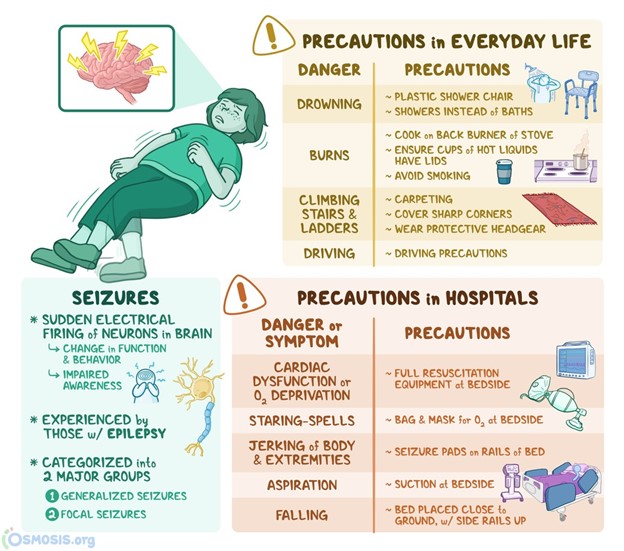A nurse in an emergency department is assessing an adolescent who has conduct disorder.
Which of the following questions is the priority for the nurse to ask the client?
How do you get along with your peers at school?
Do you have a criminal record
Do you have thoughts of harming yourself
How do you manage your behavior
The Correct Answer is C
The correct answer is choice C: “Do you have thoughts of harming yourself?”.
This is the priority question for the nurse to ask the client because it assesses the client’s risk for suicide, which is a serious and potentially life-threatening complication of conduct disorder. The nurse should use a direct and nonjudgmental approach when asking about suicidal ideation and plan.
Choice A: “How do you get along with your peers at school?” is wrong because it is not the most urgent question to ask the client.
While it is important to assess the client’s social relationships and possible peer rejection, this can be done after addressing the client’s safety and mental status.
Choice B: “Do you have a criminal record?” is wrong because it is not relevant to the client’s current condition and might make the client feel defensive or stigmatized.
The nurse should avoid asking questions that imply blame or judgment and focus on the client’s strengths and coping skills.
Choice D: “How do you manage your behavior?” is wrong because it is not appropriate for the nurse to ask the client in an emergency department setting.
This question might imply that the client is responsible for their conduct disorder, which is a complex and multifactorial mental health condition. The nurse should collaborate with the client and their family to develop a behavior management plan that involves positive reinforcement, limit setting, and consistent consequences.
Normal ranges: According to the DSM-5, conduct disorder is characterized by a persistent pattern of behavior that violates the rights of others or societal norms.
The symptoms of conduct disorder include aggression, deceitfulness, destruction of property, serious rule violations, and lack of remorse.
Conduct disorder can cause significant impairment in social, academic, or occupational functioning. The prevalence of conduct disorder is estimated to be 4% among children and adolescents.
The risk factors for conduct disorder include genetic factors, neurobiological factors, environmental factors, and psychological factors.
Nursing Test Bank
Naxlex Comprehensive Predictor Exams
Related Questions
Correct Answer is C
Explanation
This is a sign of preeclampsia, a serious complication of pregnancy that can cause high blood pressure, proteinuria, and seizures.

Preeclampsia can affect the placenta, the kidneys, the liver, and the brain of the mother and the fetus. It requires immediate medical attention and may lead to early delivery.
Choice A, bleeding gums, is wrong because it is a common occurrence during pregnancy due to hormonal changes that increase blood flow to the gums. It is not a cause for concern unless it is excessive or accompanied by other symptoms.
Choice B, urinary frequency, is wrong because it is also a normal finding during pregnancy due to the growing uterus putting pressure on the bladder. It is not a sign of infection or kidney problems unless it is associated with pain, burning, or blood in the urine.
Choice D, faintness upon rising, is wrong because it is usually caused by orthostatic hypotension, a drop in blood pressure when changing positions.
This can happen during pregnancy due to the dilation of blood vessels and the increased blood volume. It can be prevented by rising slowly, drinking enough fluids, and avoiding prolonged standing.
Correct Answer is C
Explanation

Hyperthermia is a condition in which the body temperature is abnormally high, usually due to exposure to heat, infection, or certain medications.
Hyperthermia can cause neurological complications, such as seizures, confusion, or coma. Therefore, the nurse should initiate seizure precautions for an adolescent who has hyperthermia to prevent injury and protect the airway.
Choice A is wrong because covering the adolescent with a thermal blanket would increase the body temperature and worsen hyperthermia. The nurse should remove excess clothing and use cooling measures, such as fans, ice packs, or cool fluids.
Choice B is wrong because submerging the adolescent’s feet in ice water would cause vasoconstriction and shivering, which would reduce heat loss and increase heat production. The nurse should avoid using extreme cold or ice water to cool the body.
Choice D is wrong because administering oral acetaminophen would not be effective for hyperthermia caused by non-infectious factors, such as heat exposure or medications.
Acetaminophen lowers the body temperature by reducing the hypothalamic set point, which is not altered in hyperthermia. Additionally, oral medications may be difficult to swallow or absorb in a hyperthermic patient.
Normal body temperature ranges from 36.5°C to 37.5°C (97.7°F to 99.5°F). Hyperthermia is defined as a body temperature above 38.5°C (101.3°F).
Whether you are a student looking to ace your exams or a practicing nurse seeking to enhance your expertise , our nursing education contents will empower you with the confidence and competence to make a difference in the lives of patients and become a respected leader in the healthcare field.
Visit Naxlex, invest in your future and unlock endless possibilities with our unparalleled nursing education contents today
Report Wrong Answer on the Current Question
Do you disagree with the answer? If yes, what is your expected answer? Explain.
Kindly be descriptive with the issue you are facing.
